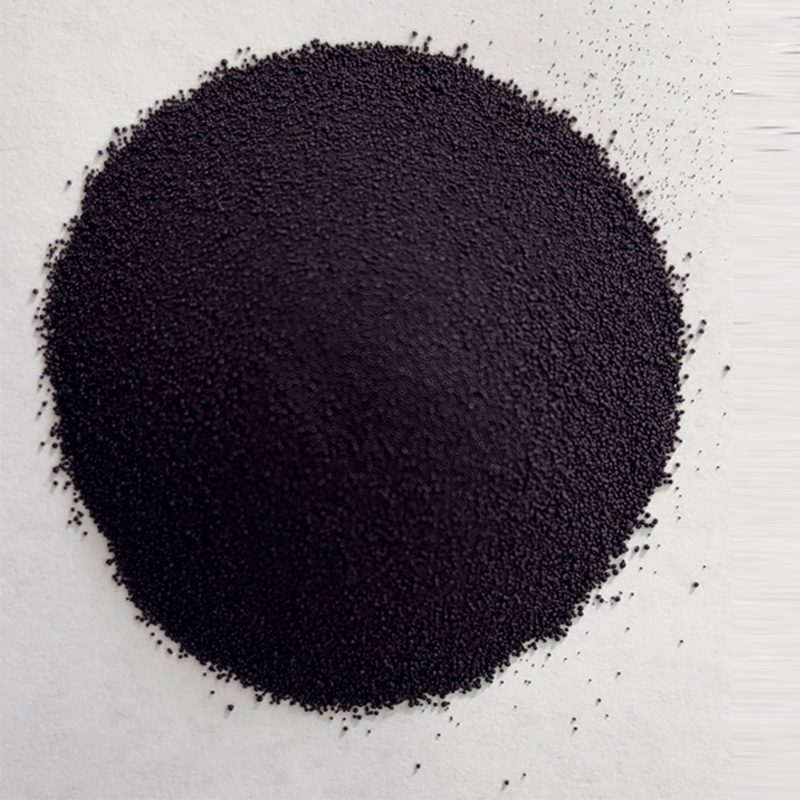Exploring the Rich History and Techniques of Indigo Fabric Dyeing
The Art and History of Indigo Fabric Dye
Indigo fabric dye, with its rich blue hues and deep cultural significance, has played a pivotal role in textile history for centuries. Derived from the leaves of the indigo plant, particularly Indigofera tinctoria, this dye has been used across various civilizations to produce vibrant textiles cherished for their beauty and durability.
The history of indigo dyeing dates back to ancient times, with evidence of its use found in archaeological sites across Egypt, India, and China. In India, indigo dyeing has been practiced for over 5,000 years, becoming an integral part of the country’s textile heritage. The traditional method involves fermenting the indigo leaves to extract the dye, which is then applied to cotton or silk fabrics. This process not only creates stunning blue fabrics but also fosters a rich tradition of craftsmanship and artistic expression.
One of the most notable aspects of indigo dyeing is its association with different cultural practices and communities. In West Africa, for instance, indigo dyeing is often linked to rituals and social status, with elaborate patterns and designs that tell stories and signify heritage. In Japan, the art of shibori, or tied-resist dyeing, creates exquisite patterns through a method that combines indigo dye with a unique folding technique. Each region’s approach to indigo dyeing is steeped in tradition, reflecting its cultural identity and the deep connections between people and nature.
indigo fabric dye

In addition to its aesthetic appeal, indigo dye has historical economic significance. During the age of colonialism, indigo became a valuable export product, leading to the establishment of plantations and a complex trade network between Europe and Asia. However, the quest for indigo also resulted in social injustices, including the exploitation of labor in dye production. The indigo revolt in India during the 19th century highlighted the struggles faced by farmers and laborers, challenging the oppressive practices of colonial rule.
Today, indigo fabric dye is experiencing a resurgence in popularity, driven by a growing interest in sustainable fashion and traditional artisanal practices. As consumers become more conscious of their environmental impact, indigo is praised for its natural origins and biodegradability, unlike synthetic dyes. Designers and artisans are reviving ancient techniques and combining them with modern aesthetics, creating unique pieces that honor the past while appealing to contemporary sensibilities.
In conclusion, indigo fabric dye is not merely a color; it embodies a rich tapestry of history, culture, and tradition. Its journey from ancient civilizations to modern-day fashion illustrates the enduring appeal of this vibrant dye, reminding us of the intricate connections between our cultural heritage and the textiles we wear. As we move forward, embracing indigo’s legacy may inspire a deeper appreciation for sustainable practices and the art of craftsmanship.
-
The Timeless Art of Denim Indigo Dye
NewsJul.01,2025
-
The Rise of Sulfur Dyed Denim
NewsJul.01,2025
-
The Rich Revival of the Best Indigo Dye
NewsJul.01,2025
-
The Enduring Strength of Sulphur Black
NewsJul.01,2025
-
The Ancient Art of Chinese Indigo Dye
NewsJul.01,2025
-
Industry Power of Indigo
NewsJul.01,2025
-
Black Sulfur is Leading the Next Wave
NewsJul.01,2025

Sulphur Black
1.Name: sulphur black; Sulfur Black; Sulphur Black 1;
2.Structure formula:
3.Molecule formula: C6H4N2O5
4.CAS No.: 1326-82-5
5.HS code: 32041911
6.Product specification:Appearance:black phosphorus flakes; black liquid

Bromo Indigo; Vat Bromo-Indigo; C.I.Vat Blue 5
1.Name: Bromo indigo; Vat bromo-indigo; C.I.Vat blue 5;
2.Structure formula:
3.Molecule formula: C16H6Br4N2O2
4.CAS No.: 2475-31-2
5.HS code: 3204151000 6.Major usage and instruction: Be mainly used to dye cotton fabrics.

Indigo Blue Vat Blue
1.Name: indigo blue,vat blue 1,
2.Structure formula:
3.Molecule formula: C16H10N2O2
4.. CAS No.: 482-89-3
5.Molecule weight: 262.62
6.HS code: 3204151000
7.Major usage and instruction: Be mainly used to dye cotton fabrics.

